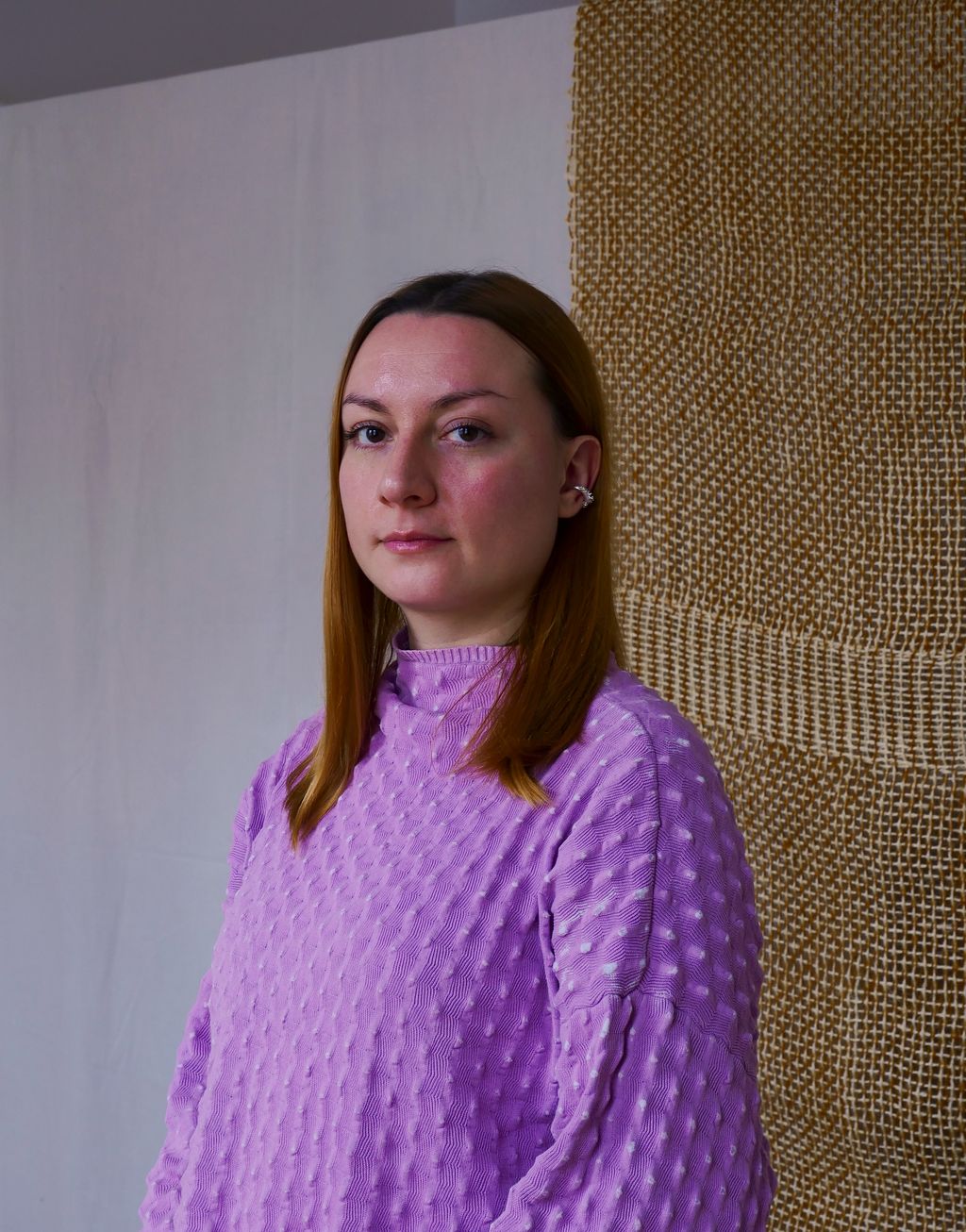Finalist in the Tremplin prize 2024, an annual competition for young graduates of art schools in Wallonia and Brussels, the 27-year-old French textile designer trained at La Cambre (Brussels) was awarded the WBDM Prize for International Development for her research into the thermal properties of sisal.
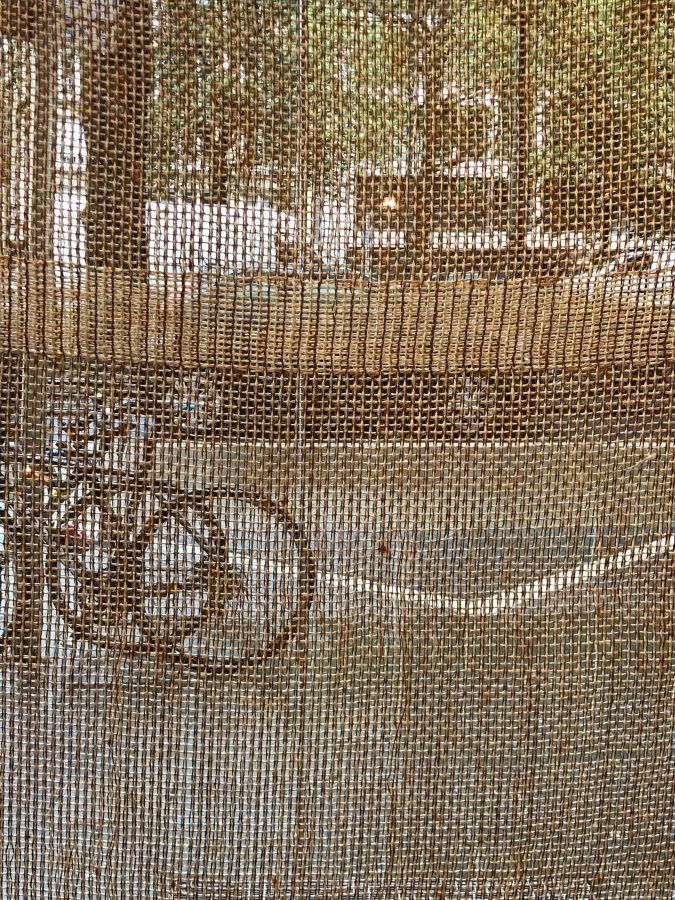
You were born and began your academic journey in France. What motivated you to enroll at the “École Nationale Supérieure des Arts Visuels de La Cambre” in Brussels?
After obtaining my French baccalaureate, I began studying Literature at the Sorbonne University Paris IV. However, I quickly decided to switch to a preparatory year in arts at Prep’Art Paris. My professors, noticing my interest in working with materials, encouraged me to join a school offering a specialization in textile research. In 2018, I started a Bachelor’s degree in textile design at La Cambre. After completing this program, I took a gap year: six months as an Erasmus exchange student at the Arts Décoratifs in Paris, followed by a six-month internship at Decathlon in the Textile Industrial Process department. Subsequently, I resumed my studies at La Cambre, where I completed the two-year Master’s program in textile design.
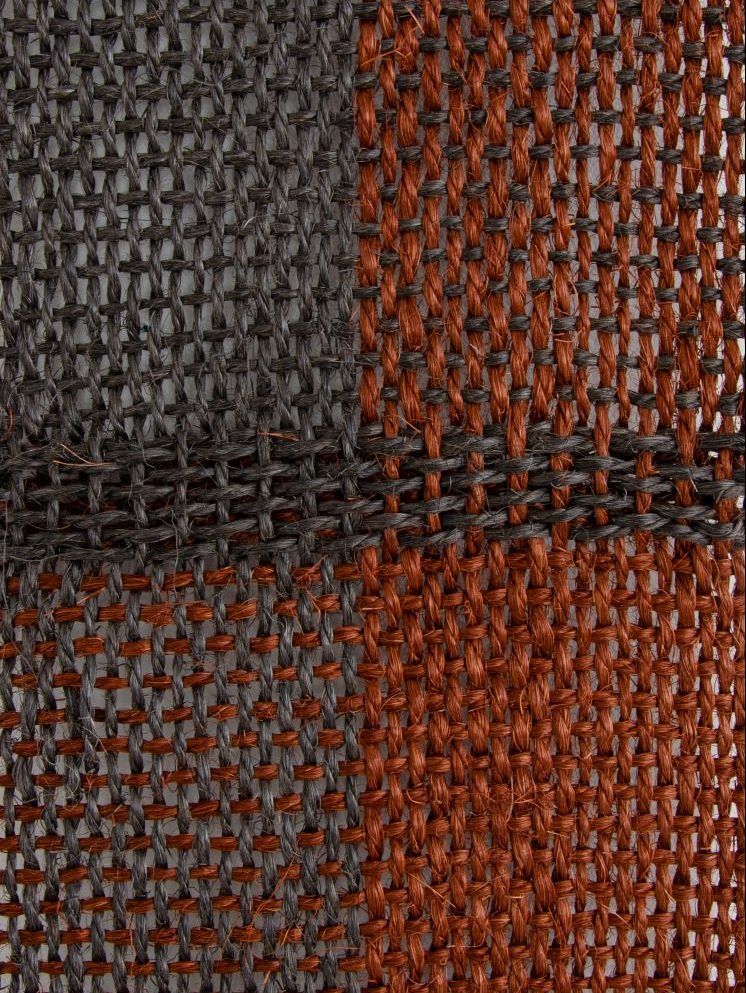
As part of your studies, you explored various practices. Can you tell us more?
When I arrived at La Cambre, I already had a certain sensitivity to materials, but the technical aspects of textiles were completely new to me. The textile design program offered by the school is very comprehensive and allowed me to explore a wide range of techniques, such as weaving, knitting, screen printing, and textile finishing. Beyond this technical learning, the professors encourage us to question the materials we use by exploring their technical, performative, plastic, graphic, and sensory dimensions, thus opening a wide range of possible applications.
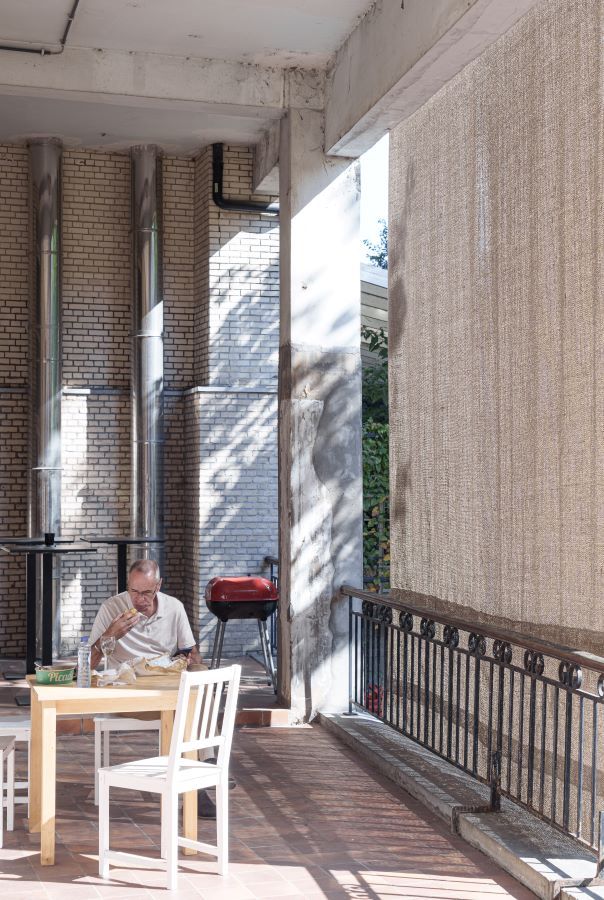
That’s when your project “+1.4°C” (which made you a finalist for the Tremplin Prize) began to take shape.
“+1.4°C” is a project that explores and implements textiles as an active contribution to thermal protection in architecture. While it may be difficult to completely abandon central heating and air conditioning in our current societies, it is essential for designers concerned with these issues to develop alternative systems that better protect us from climate variations.
As a flexible material, textiles offer a wide range of possibilities for creating reversible and low-tech solutions. Thanks to the properties of certain fibers, integrating textiles into our living spaces can help regulate temperature. My interest in thermal comfort, particularly in summer conditions, led me to develop a response to the urgency of climate change.
During my research, I focused on promoting the use of natural fibers, particularly by exploring sisal weaving. This fiber, derived from the leaves of the Agave sisalana plant, is known for its strength, high tensile resistance, and durability. In addition to its natural insulating properties, sisal has unique aesthetic, sensory, and even olfactory qualities. While it is traditionally used in the textile industry for making ropes and carpets, in the “+1.4°C” project, it is reimagined as an architectural thermal envelope—designed as external sunshades placed in front of windows and terraces to provide passive cooling solutions.
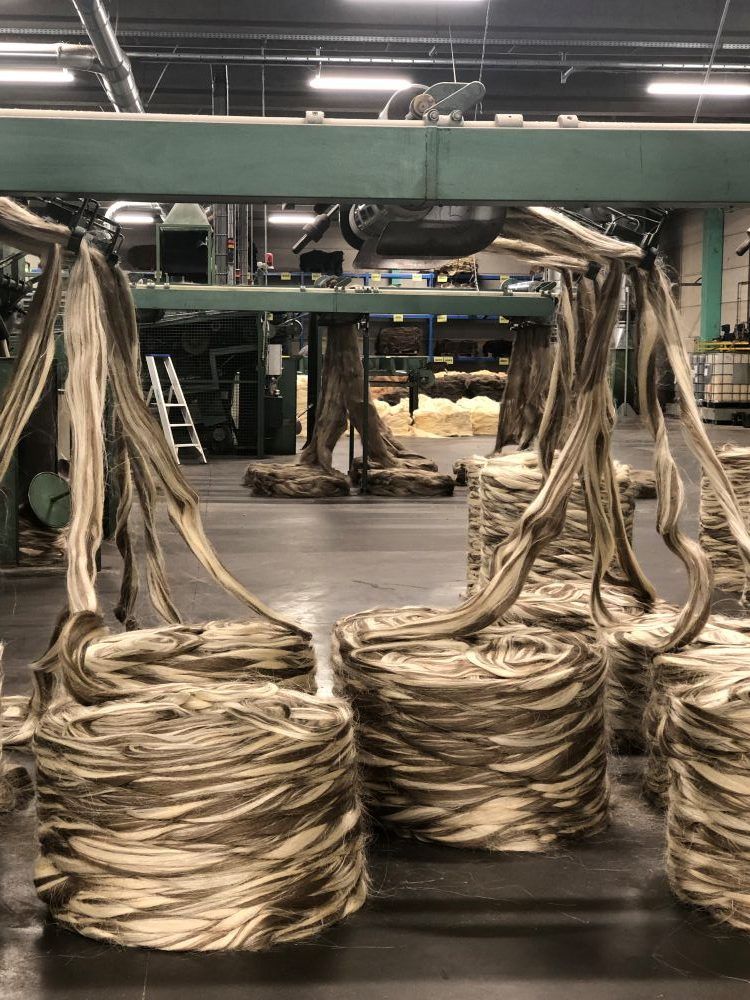
Your research caught the interest of the Belgian carpet and flooring company Tasibel, which supported you in developing your project.
Tasibel is a family-owned company specializing in sisal spinning and weaving. Since 1923, it has been renowned for the quality of its carpets and its unique expertise in Europe. It is one of the few European companies capable of overseeing the entire production process, from working with raw fibers to producing the final fabric. This expertise is a valuable asset and a crucial resource for textile development.
Through our collaboration, I was able to transition my sisal weaving research from a manual loom to an industrial setting, ultimately leading to the creation of a full-scale architectural prototype.
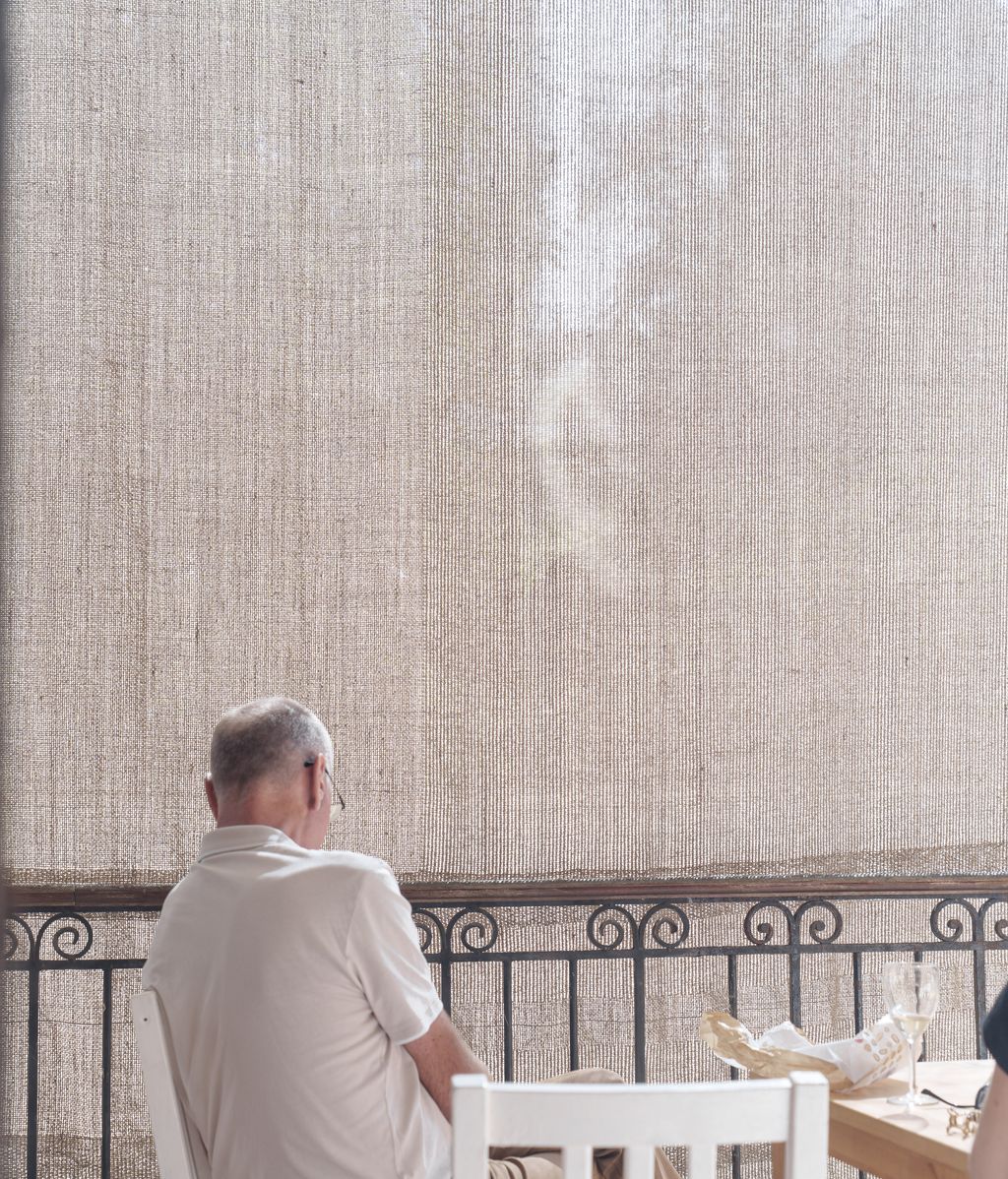
Successful trials earned you a place among the finalists for the Tremplin Prize and led you to win the WBDM Prize. What does this award mean for a young designer like you?
This award provides me with tailored support for my international development. Thanks to WBDM, my research can gain visibility, allowing me to connect with key industry players who can help move the project forward.
My main goal is to continue my research to develop a new product that effectively addresses the need for cooling in our living spaces. +1.4°C offers an alternative solution to renovation work, which can be long and costly in architecture. In this context, the use of textiles represents an economical approach, providing thermal performance while enhancing the sensory qualities of a space.
As a flexible and reversible medium, fabric can be articulated and adapted to the specificities of the buildings it interacts with. Ultimately, this project is based on a synergy between artisanal research, driven by a textile designer, and its translation into an industrial context. This shift in scale opens up new possibilities for innovative architectural applications.
